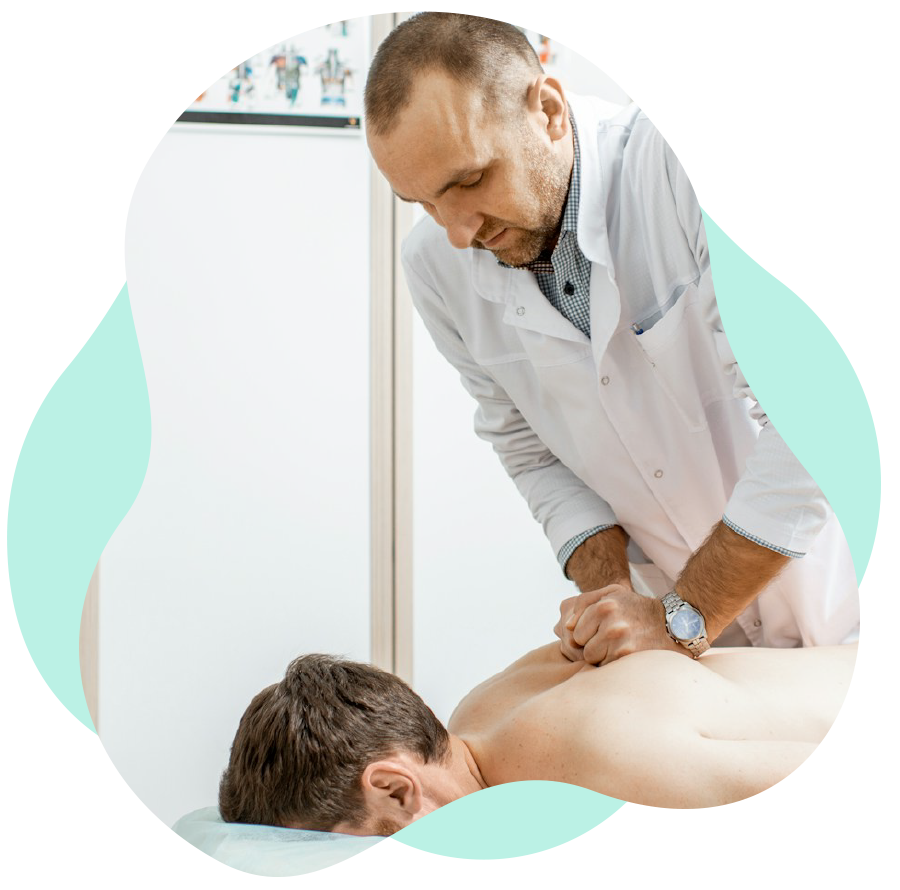Non surgical scoliosis treatments
Complementary therapies work alongside the treatment you are already receiving from your scoliosis specialist. It is important that before you start any complementary therapy you ask your specialist if they think it is right for you.
Complementary therapy is not the same as alternative therapy. Complementary therapies are used along with your usual treatment. Alternative therapy is used instead of standard treatment to cure or treat a health condition.
There are companies and clinics in the UK that offer alternative therapy and some claim that they can straighten curves or slow down their growth without bracing or surgery. Many of these practices are very expensive and we would advise you to be careful and ask these practices for independent scientific evidence that the therapies work. Please check with your doctor or specialist before undergoing any alternative therapy to make sure it is safe for you. However, SSR has many members who find complementary therapy very useful.
The descriptions of the various therapies will stay the same as they are quite specific and technical and do not need to change.
If you need help or advice please call our Helpline on 020 8964 1166 or email info@ssr.org.uk.





